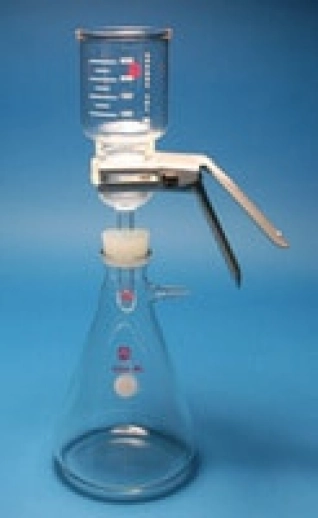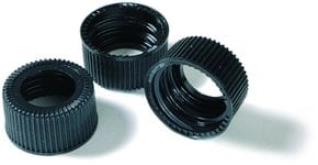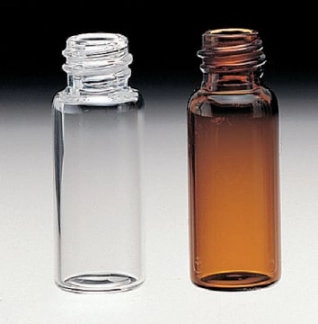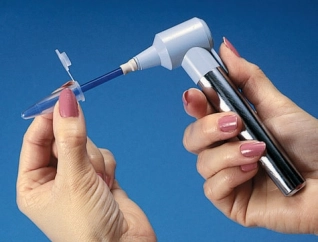{{ isErrorSetToBasket === false ? 'Товар добавлен вкорзину' : 'Не удалось добавить товар в корзину'}}
Перейти в корзину
{{Object.keys(error)[0]}}:
{{Object.values(error)[0]}}
POLY-L-LYSINE HYDROBROMIDE MOL WT &
Кат. №: P6516-1G
Цена По запросу
Количество
Вы уже добавили максимально доступное на складе кол-во товара
Достигнуто максимально доступное кол-во
Под заказ
{{!!storageProduct ? 'На складе' : 'Под заказ'}}
Ожидается поставка
Description_x000D_
Application_x000D_
Poly-L-lysine polymers can be used in promoting cell adhesion to solid substrates, conjugation to methotrexate for increased drug transport, microencapsulation of islets, cell microencapsulation technology, microarray glass slide coating, and chromosomal preparations. Lower molecular weight poly-L-lysine (30,000-70,000) is less viscuous in solution, but higher molecular weight versions provide more attachment sites per molecule. Poly-L-lysine hydrobromide has been used:_x000D_
• as a component of polyplexes and in DNA condensation experiments_x000D_
• for coating circular mica disks for atomic force microscopy studies and SuperFrost glass slides for immunofluorescence studies of in HL-60 cells_x000D_
• as a reference standard for generating calibration curve for the quantification of ε- Poly-L-lysine_x000D_
Packaging_x000D_
1 g in poly bottle_x000D_
25, 100, 500 mg in poly bottle_x000D_
Biochem/physiol Actions_x000D_
Poly-L-lysine is a nonspecific attachment factor for cells useful in promoting cell adhesion to solid substrates by enhancing electrostatic interaction between negatively charged ions of the cell membrane and the culture surface. When it is absorbed to the cell culture surface, poly-L-lysine functions to increase the number of positively charged sites available for cell binding. With cells that can digest poly-L-lysine, poly-D-lysine should be used as the attachment factor._x000D_
Components_x000D_
Poly-L-lysine is a positively charged amino acid polymer with approximately one HBr per lysine residue. The hydrobromide allows the poly-L-lysine to be in a crystalline form soluble in water. A small amount of product may be found in the beta structure because the HBr interferes with hydrogen bonding between amino and either the carboxyl groups or N or O containing moieties._x000D_
Caution_x000D_
Sterile solutions are stable for up to 2 years when stored at 2-8°C. It should be stored desiccated at -20°C._x000D_
Preparation Note_x000D_
This product has a molecular weight of 4,000-15,000. To remove the HBr, dissolve this product in a neutral buffer and dialyze to remove the salts. None of the poly-L-lysine products have been exposed to trifluoroacetic acid and are dialyzed to remove any monomers, dimmers, or trimers, confirmed by thin layer chromatography. In general, to use this product as an attachment factor, add 50 mL of sterile tissue culture grade water to 5 mg of poly-lysine, and aseptically coat the surface with 1 mL per 25 cm2 of solution. After 5 minutes, remove the solution through aspiration and thoroughly rinse the surface. Let dry for two hours before introducing cells and medium.
- Related Categories Amino Acids, Biochemicals and Reagents, Chemical Synthesis, Greener Alternative Products, Homopolymers, Polyamino Acids, Polylysine and Polyornithine Attachment Factors, Re−engineered ProductsMore... Quality Level













